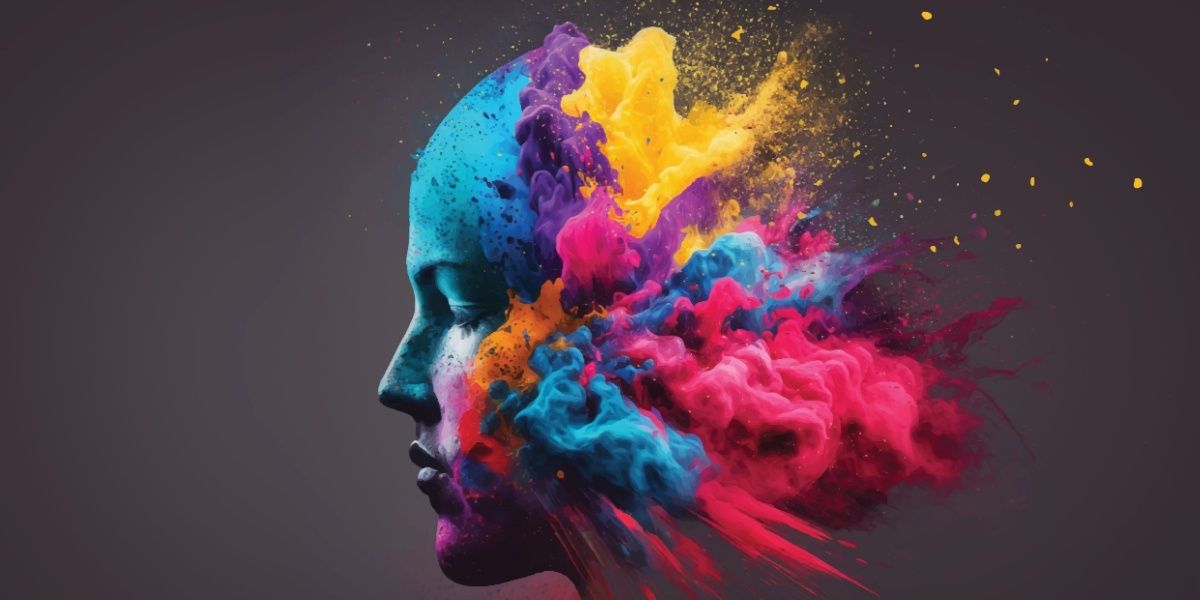2C drugs – such as 2CB, 2CI, and 2CE – are designer drugs that have both hallucinogenic and stimulant properties. 2C-B is one of the most well-known compounds in the 2C family and has garnered attention from recreational users due to its relatively milder psychedelic effects compared to other drugs like LSD or MDMA. This article provides information on the various aspects of 2C-B, including its effects, potential risks, legal status, and much more.
- 2C-B (2,5-dimethoxy-4-bromophenethylamine), commonly known as pink cocaine, is a psychedelic phenylethylamine derivative, structurally similar to mescaline.
- When snorted, 2C drugs are reported to have a chemical smell and taste similar to gasoline or pure cocaine.
- The hallucinogenic properties of 2C drugs can cause a distorted sense of reality as well as dissociation and hallucinations, similar to ketamine.
.jpg?v=1722502547)
What are 2C drugs?
2C drugs are a group of synthetic psychedelic drugs first synthesized in the 1970s as a therapy aid. 2C drugs come in multiple forms including 2C-E, 2C-I, 2CT-7, and 2CB which is the most commonly used version available today.
Other names for 2C drugs
2CB and other 2C drugs go by many names. The most common of these is 'Tusi', an onomatopoeia of the drug's name. Here are some other common terms for 2C drugs:
- Pink cocaine
- 2-CE
- 2-CI
- 2-CP
- 2-CT
- 7-UP
- Seventh-Heaven
- T-7, Tripstacy
- Tussi
- Nexus
- Bromo
- Venus
- Toonies
- Performax
- 2s
- Spectrum
- Utopia
What is 2C-B?
2C-B (2,5-dimethoxy-4-bromophenethylamine), commonly known as pink cocaine, is a psychedelic phenylethylamine derivative. It is part of the 2C-x family that is characterized by its phenethylamine base and is chemically derived from mescaline, with the addition of bromine at the 4th carbon position--making it distinct from other 2C compounds like 2C-I or 2C-E. The molecular structure of 2C-B includes bromo and dimethoxy groups, which play a crucial role in its psychedelic effects. The substance is synthesized in laboratories and does not occur naturally.
Owing to its combination as both a stimulant and hallucinogen, it is a serotonin receptor partial agonist that is widely used in the rave and club scene.[1]
Many users have likened 2C-B as having similar effects to both MDMA and LSD, creating a euphoric high similar to stimulants while also causing mild hallucinations similar to ketamine or mescaline. The way 2C-B interacts with the brain and its ability to mimic serotonin reactions have also led to the drug being likened to antidepressants.
The drug is most commonly snorted in its powder form and is also taken orally via a pill.
What do 2C drugs look, smell, and taste like?
Appearance
2C drugs often come in the form of small pills or powders. The pill and powder forms of the drug are usually white, though vibrant pink versions of both, especially for 2CB, have become popular.
A liquid version of 2C-I that is applied to the tongue via a pipet has also been reported, though far less common.
Taste/smell
When snorted, 2C drugs are reported to have a chemical smell and taste similar to gasoline or pure cocaine (sometimes referred to as fish scale cocaine). Some users have reported a burning sensation when snorting the drug and those who have taken 2C pills have reported little to no taste/smell.
Tusi: Pink cocaine
2C-B is often sold as a bright pink powder that is snorted known as tusi or pink cocaine. The drug is commonly used as a party drug as it provides stimulant effects similar to cocaine as well as hallucinatory effects similar to MDMA.
Pink cocaine has also been in the news recently as a more recent iteration of the drug's, which contains additional substances such as ketamine and MDMA, was found in Liam Payne's system after his death.
Effects of 2C-B: What does it feel like?
2C drugs are fairly unique as they exist primarily as a hallucinogen but also produce effects similar to stimulants. The hallucinogenic properties of 2C-B are known for producing intense visual and auditory hallucinations, emotional euphoria, and sensory distortions, as well as dissociations similar to ketamine. Additionally, the stimulant properties can cause alertness, increased sociability, and the ability to stay awake longer, like cocaine or MDMA.
Common effects of 2C drugs include:
- Alertness
- Heightened awareness of colors and sound
- Increased sexual arousal
- Euphoria
- Increased well-being
- Hallucinations (if taken in large doses)
- Increased heart rate
- Raised blood pressure
2C-B Side Effects and Risks
While 2C-B might offer pleasurable experiences, it also comes with significant risks. Common side effects can include nausea, confusion, paranoia, and anxiety. In some cases, it may cause severe psychological distress, especially at higher doses.
How long do 2C drugs stay in your system?
The onset of a 10-25mg dose (if snorted) will be near instantaneous, with the peak usually occurring around the 2-4 hour mark. The psychedelic action of a 2C-B trip can last for up to 12 hours.
The length of time 2C drugs remain in a person's system can vary depending on age, gender, body mass, and drug abuse history. Research on how long 2C metabolites are detectable in drug toxicology screenings is scant, though it may be detected in urine using liquid chromatographic and mass spectrographic techniques.[6]
Read here to learn more about how long other drugs stay in your system.
How are 2C drugs taken?
2C drugs are taken in three primary ways: snorting in powder form, taken as a pill, or rolled alongside tobacco and or marijuana and smoked. How the drug is taken affects how quickly the drug enters the system and can mean effects are felt faster or slower and have different degrees of intensity.
Is 2C-B addictive?
Like other forms of hallucinogens, 2C drugs are not widely considered to be addictive as they do not cause physical or psychological dependence. However, as 2C is also a central nervous system stimulant it does interact with neurotransmitters associated with addiction.
Reported cases of 2C addiction are extremely rare and tend to be part of a larger pattern of substance abuse that involves addictive behaviors toward more common substances of abuse. If you or someone you know is struggling with 2C dependence or any substance use disorder, then it is important to seek treatment via a dedicated rehab specialist. Visit our rehab directory today to find an addiction treatment center near you.
2C-B harm reduction advice
The CNS stimulant and psychedelic effects cause a variety of physical and psychological reactions which may cause harm to some users. The easiest way to avoid risk factors is to not take the drug, though if you are planning on taking the substance there are some steps to consider in order to avoid negative reactions.
- If using 2C-B powder, be careful how much you take in one dose. 15-30mg is enough to produce stimulant and psychedelic effects that can last for up to 10 hours.
- Do not attempt to drive or attempt anything that involves machinery or tools.
- Do not mix 2C-B with other drugs and alcohol.
- Make sure you are in a comfortable setting with people you know and trust. Consider having a 'trip sitter' if you are worried about a bad trip.
- Drink plenty of water. The stimulant effects of 2C-B are diuretic and will dehydrate you.
- If you start to have a negative experience or trip, then try to remember that it will pass eventually.
- If you're currently not in the right mindset or have been experiencing a negative period of mental health then avoid taking drugs altogether.
How much does 2C-B cost?
According to DEA research, a single pill of 2C-B has a street price of between $10 and $30 and a gram of powder can be purchased online for between $100 and $300.
2C-B and other variants have risen in popularity over the past 20 years and have seen a sharp incline in illegal production and distribution alongside other hallucinogens.
This has also led to an increase in street prices, with many users seeking the drug out via the dark web.
2C-B legal status
In many countries, 2C-B is classified as an illegal drug due to its psychoactive properties. In the US today, 2C-B and other variants are classified as Schedule I substances by the Drug Enforcement Administration (DEA) under the Controlled Substances Act. This means the drug has no medical benefit and has a high potential for abuse. 2C drugs became a popular alternative for MDMA users when the drug was made illegal in 1984.



-guide-detail.jpg?v=1756808816)

